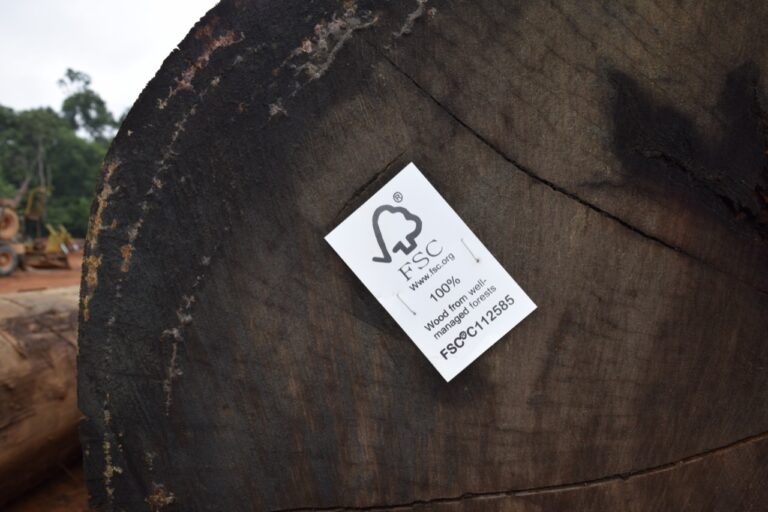Corn ethanol is worsening the Gulf dead zone
Corn ethanol is worsening the Gulf dead zone
mongabay.com
March 10, 2008
Proposed legislation that will expand corn-ethanol production in the United States will worsen the growing “dead zone” in the Gulf of Mexico and hurt marine fisheries, report researchers writing in the Proceedings of the National Academy of Sciences (PNAS).
The dead zone, an expanse of water so devoid of oxygen that sea life cannot live in it, partly results from the use of nitrogen-based fertilizers for corn crop. With corn acreage rapidly expanding in the U.S. as a result of subsidies for ethanol production, more fertilizers are ending up in the Gulf: each year an estimated 210 million pounds of excess nitrates are carried to the Gulf promoting massive algae blooms that fuel the hypoxia.

|
Under a recent U.S. Senate energy policy proposal to manufacture of 15 billion to 36 billion gallons (68 to 164 billion liters) of renewable fuels by the year 2022, nitrogen pollution in the Mississippi River would increase by 10 to 19 percent if corn-based ethanol were used as the source of the fuel, calculate Simon D. Donner of the University of British Columbia in Vancouver and Christopher J. Kucharik of the Center for Sustainability and the Global Environment at the University of Wisconsin-Madison.
The authors say it would take a 55 percent reduction in the nitrogen levels of the Mississippi in order to decrease the size of the dead zone.
“This rush to expand corn production is a disaster for the Gulf of Mexico,” said Donner, an assistant professor in the Department of Geography. “The U.S. energy policy will make it virtually impossible to solve the problem of the Dead Zone.”
The study comes as corn-ethanol faces increasing criticism from environmentalists who say the increased corn production is worsening air and water pollution, depleting water supplies, driving record high food prices, and contributing to deforestation of the Amazon rainforest. In February, a pair of studies published in Science, showed that corn-ethanol production is worsening global warming due to conversion of ecosystems for cropland.
“Using a worldwide agricultural model to estimate emissions from land use change, we found that corn-based ethanol, instead of producing a 20% savings, nearly doubles greenhouse emissions over 30 years and increases greenhouse gasses for 167 years,” wrote the authors of one of the Science papers.
Researchers say a shift towards cellulosic ethanol derived from native grasses and agricultural waste could have a smaller impact on the environment.
“Ethanol from cellulose, whether from trees or other sources, will be the way to go in the very near future,” said Dr. Gopi Podila, a biologist of the University of Alabama in Huntsville who was not involved in either study. “Trees are cheaper to raise than corn, have a competitive yield and they don’t need as much of the fertilizers that are causing all of the problems in the Gulf. These trees also offer the U.S. a realistic option for producing enough renewable energy to make a meaningful dent in fossil fuel imports.”















